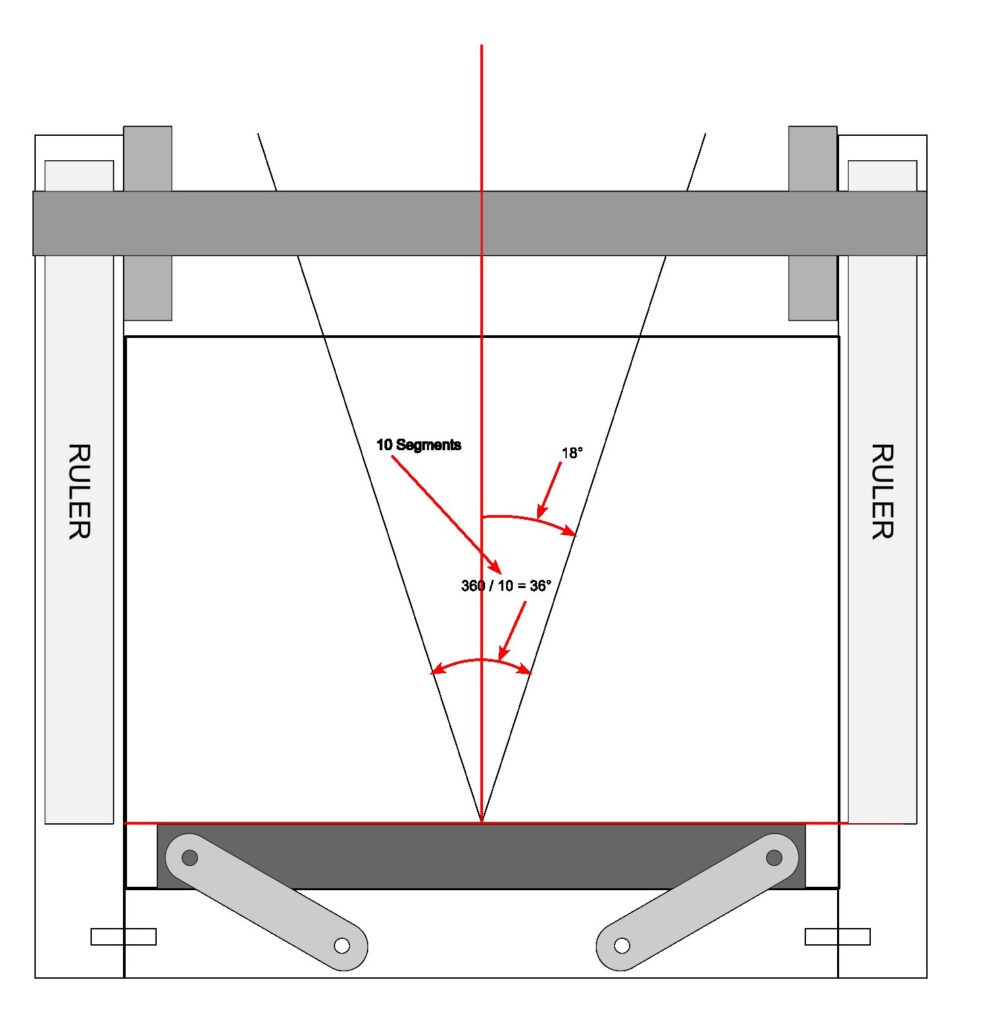The Newsletter for December 31, 2025 is now online here!
******************* BODY ********************
******************* BODY ********************
******************* BODY ********************
Woodturner’s Night Before Christmas
Woodturner’s Night Before Christmas
- Twas the night before Christmas
- I was still working in my shop
- It was close to midnight
- I knew I should stop.
- I cleaned up the lathe
- Till it looked oh so sweet
- And I swept the floor
- To tidy and neat.
- My tools were all cleaned
- And stored in their rack
- I turned out the light
- To head for the sack.
- When I heard a small noise
- Way in the back
- I thought to myself
- A tool fell from the rack.
- I turned on the light
- And to my surprise
- Stood a man by my lathe
- Decked out in disguise.
- All dressed in red
- With a long white beard
- I said to myself
- How did Billy get in here?
- But the man was much smaller
- With ears like an Elf
- I let out a chuckle
- I could not help myself.
- The little old elf
- Was so lively and quick,
- I knew for certain
- He must be St. Nick.
- He turned onto me
- With a smile on his face
- And he gave me a bow
- With much charm and grace.



- He laid a new bowl gouge
- On my lathe tied with a bow
- With a wink and a laugh
- Out the window he did go!
- I looked out the window
- There I saw him
- Climb into a sleigh
- Filled with wood shavings up to
- the brim
- Nested in the shavings
- So shiny and bright
- Was a brand-new Powermatic lathe
- Oh, what at sight!
- In front of the sleigh
- So handsome and prancing
- Were nine little reindeer
- To a silent tune dancing.
- At the head of the group
- They were being lead
- By a happy young fellow
- With a nose of bright red.
- The elf whistled, and shouted,
- and called them by name:
- “Now, DASHER! now, DANCER!
- now, PRANCER and VIXEN!
- On, COMET! on CUPID! on,
- DONNER and BLITZEN
- Now RUDOLF, lead us up and away
- To next woodturner
- We have no time
- Here to stay!”
CLICK TO CONTINUE
******************* ASIDE ********************
******************* ASIDE ********************
******************* ASIDE ********************
****************** FOOTER ********************
****************** FOOTER ********************
****************** FOOTER ********************
Come join us having fun turning wood into a custom wonder.






